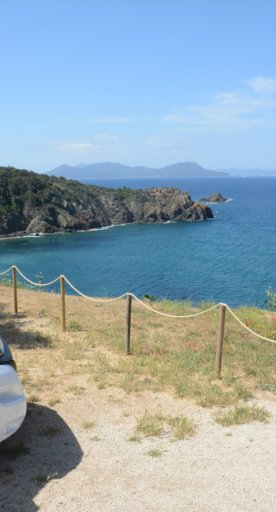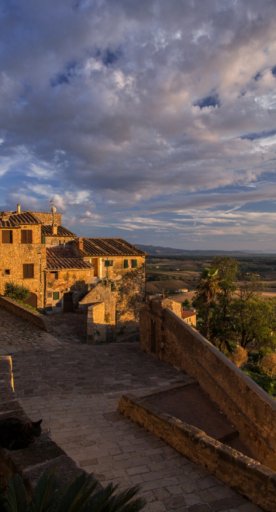In the Venturina area you will find the Caldana Roman Mausoleum, the mausoleum of Caius Trebatius, which dates back to the first century. This is an ancient tomb, of which today only the supporting structure remains.
Venturina is also full of pieces of the eighteenth and twentieth centuries, such as Palazzo Magona, Villa Mussio, and the so-called "castle of the upturned table". The Oratory of Santa Lucia is also interesting: a little religious building from the sixteenth century, it stands over Lake Bottaccio - a lake of warm water, fed by the hot springs.
The Museum of Work Culture is worth visiting for its evocative collection of finds and objects from everyday working life in the local, agricultural world.

























